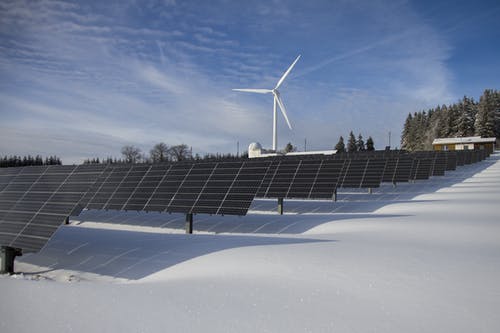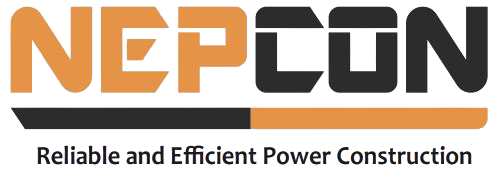
Solar power plants use a variety of techniques to convert the Sun’s energy and electricity, ranging from photovoltaics to solar ponds. The basic specifications for building a solar power plant are as follows. This is for a photovoltaic (solar) device.
- Power Load (Size and Type)
This is the full instantaneous load that the power plant can handle. The size of the power inverter or power conditioning unit required will be determined by this.
You’ll be able to make an informed choice based on the type of load. For example, if a water heater accounts for a substantial chunk of the load, you may want to consider a solar water heater. If you have a few DC loads, you might consider powering them without an inverter to save capital.
- Power Energy Requirement
This will give you an idea of how much energy you’ll need to store. It’s possible that the machinery that needs to be operated is an existence situation. In this case, the battery OR power reservoir must be capable of supplying the specified load for the specified time.
- The Solar Power Plant’s Purpose
The power plant’s goal may be to ensure a steady supply of electricity or to minimise reliance on the grid. It would be fair to choose a grid-tied system in cases where grid supply is consistent. A battery system is needed in situations where the availability of power is the most important factor.
- A shadow-free area is required.
For optimal efficiency, solar panels, regardless of technology, must be positioned in a shadow-free region, pointing directly at the sun. This necessitates a wide area on the roof or surrounding with no shadows for solar irradiation.
- Financials/Budget
The budget is a crucial feature of the design. A typical power plant can pay for itself in 4 to 8 years, but it comes at a significant upfront expense. For example, a battery system could be theoretically necessary, but without it, the system’s cost could be reduced by 40%. To complement the system, you might consider using a diesel generator or a micro hydro generator.
